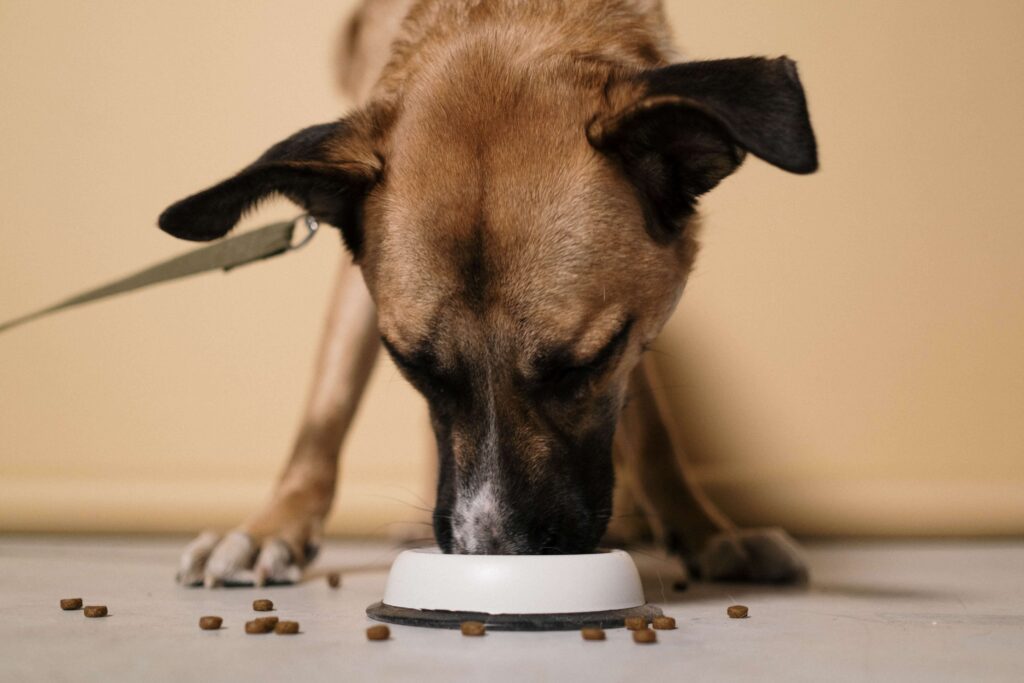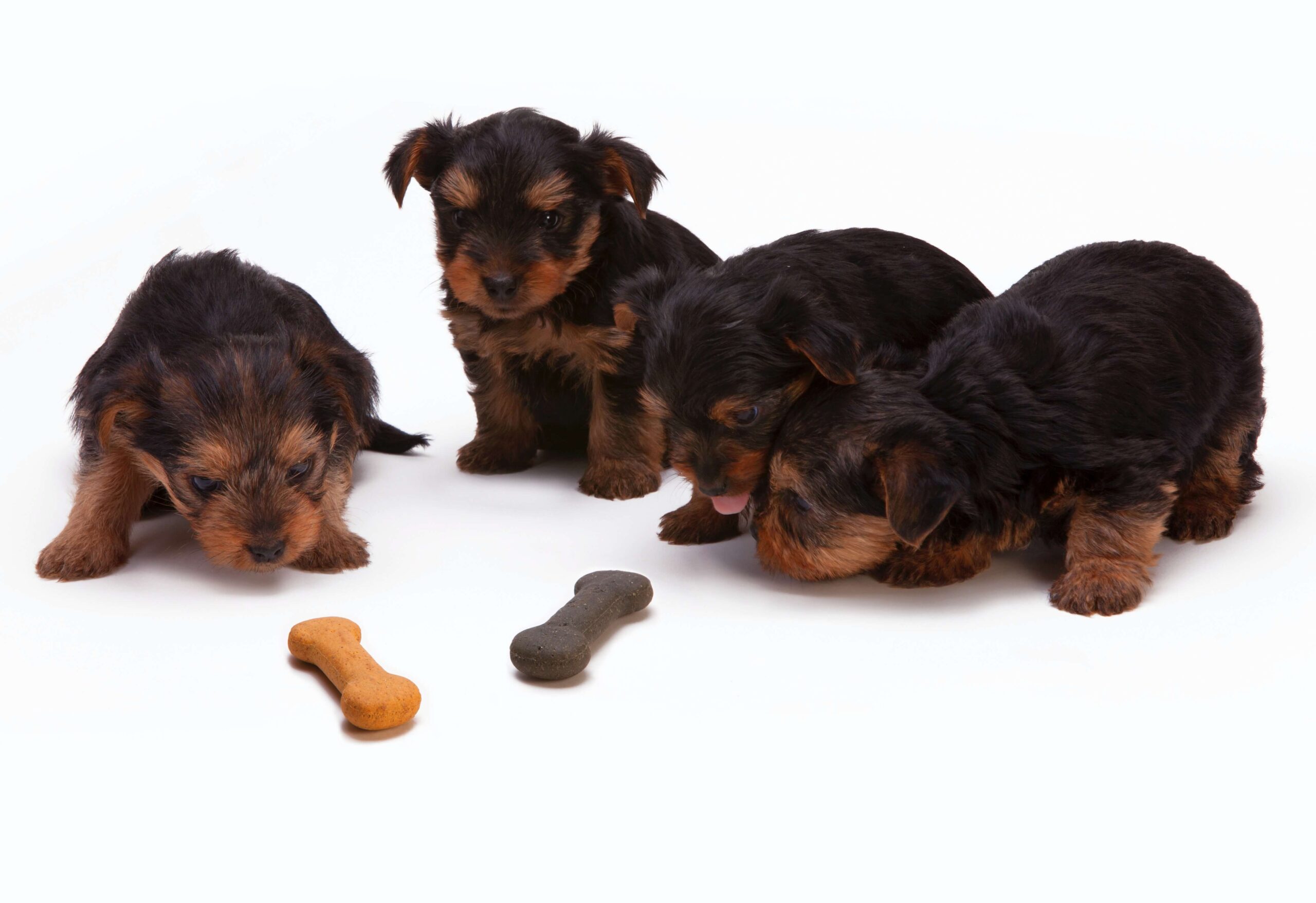How to Give Your Dog the Best Diet?
Knowing which options to choose can be tricky regarding dog food. There are canned foods, pouches and patés, dry kibble, and raw. Then you have complete diets or complementary. Which brands are the healthiest? Is expensive always better?
Every dog is different, and your friends’ food may not be best suited to your dog. When choosing dog food, your dog’s age and health are also important factors.
Understanding Your Dog’s Nutritional Needs
The first step in giving your dog the best diet is understanding its nutritional needs. The age and health of your dog play a significant role in determining its nutritional requirements.

Puppies
At this early stage of growth and development, puppies need extra calcium to prevent stunted growth and deformities. Calcium is also vital to support them through the teething phase, which occurs between 4 and 7 months of age.
Protein and fats are also essential at this young age to support the growth of their muscles and tendons. Fats are converted into a usable energy source, which a growing puppy needs plenty of. Most pre-made puppy diets have additional calcium, protein, and fats, so you do not need to worry that they are not getting enough. If you choose complementary food, you will need to add extra. This might mean feeding complementary dry food and mixing a small amount of wet food into the meal.
Adults
Once a dog reaches the age of 18 months, they no longer need as much calcium, protein, or fats as it did when they were a puppy. They have reached their adult height, and their bones and muscles should fully develop. An adult dog’s nutritional needs are maintaining a healthy weight and supporting its digestive, immune, and central nervous systems.
Protein, carbohydrates, and fats are still essential, as are fiber, potassium, phosphorus, riboflavin, and vitamins A, B1, B6, B12, and K.

If you are feeding complementary dog food, you can supplement your dog’s diet with leafy greens like kale, spinach, broccoli, carrots, and sweet potato. Apple, bananas, and pears are good sources of vitamins and potassium. For riboflavin and other essential nutrients, one egg per week cracked into their food is a great option. You can also give them eggshells, a good calcium source.
Elderly
The most important thing to know about your elderly dog is that he needs fewer calories in his diet. Older dogs do not need as much exercise and therefore need fewer calories for their body to function. However, they need more protein to maintain their muscle mass. Senior dog food tends to avoid potatoes, which can be harder to digest than rice and meat.
Supplementing omega-3 fatty acids into an elderly dog’s diet is highly recommended as this helps to slow cognitive decline. Omega 3 naturally occurs in fish, or you can purchase omega three capsules or oil to add to your dog’s meals.
If your elderly dog shows less interest in his meals, it may be because his sense of taste is fading. Add a few pieces of cooked chicken to his food to entice him.
Types of Dog Food

Several types of dog food are available, including canned foods, pouches, patés, dry kibble, and raw food. There are also complete diets and complementary food options. Each type of food has its advantages and disadvantages, and the best one for your dog will depend on their individual needs.
Supplements and Add-ons
In addition to a balanced diet, several supplements and add-ons can enhance your dog’s diet. Leafy greens like kale, spinach, broccoli, carrots, and sweet potato are good sources of vitamins and potassium. Apple, bananas, and pears are good sources of vitamins and potassium. One egg per week cracked into their food is an excellent source of riboflavin and other essential nutrients. You can also give them eggshells, a good source of calcium.
For elderly dogs, supplementing omega-3 fatty acids into their diet is highly recommended. Omega-3 fatty acids naturally occur in fish, or you can purchase omega-3 capsules or oil to add to your dog’s meals. If your elderly dog shows less interest in their meals, it may be because their sense of taste is fading. Adding a few pieces of cooked chicken to their food can entice them.
Conclusion
In conclusion, a balanced diet is essential for a dog’s overall health and well-being. It’s important to understand your dog’s nutritional needs, choose the right type of food, and choose a brand that meets those needs.
You may also like
5 Foods to NEVER Feed Your Dog


